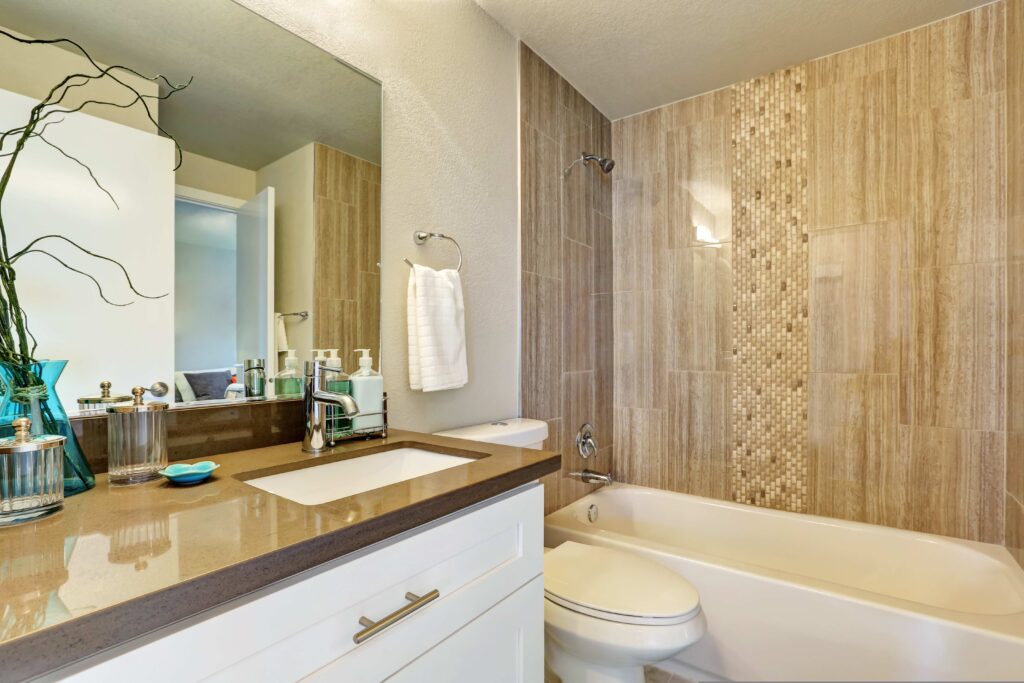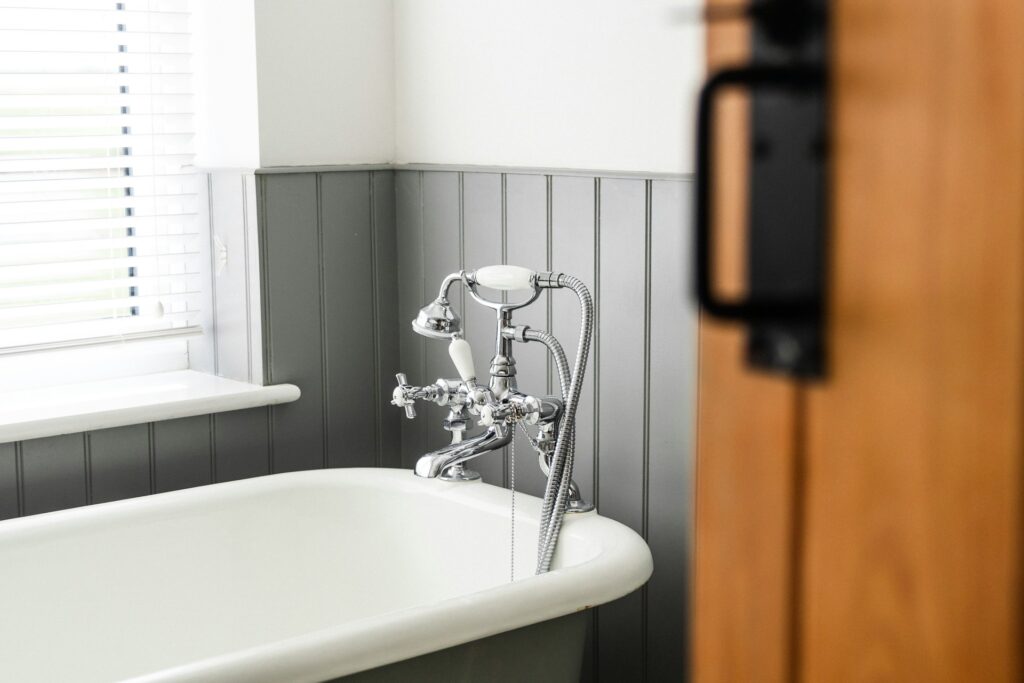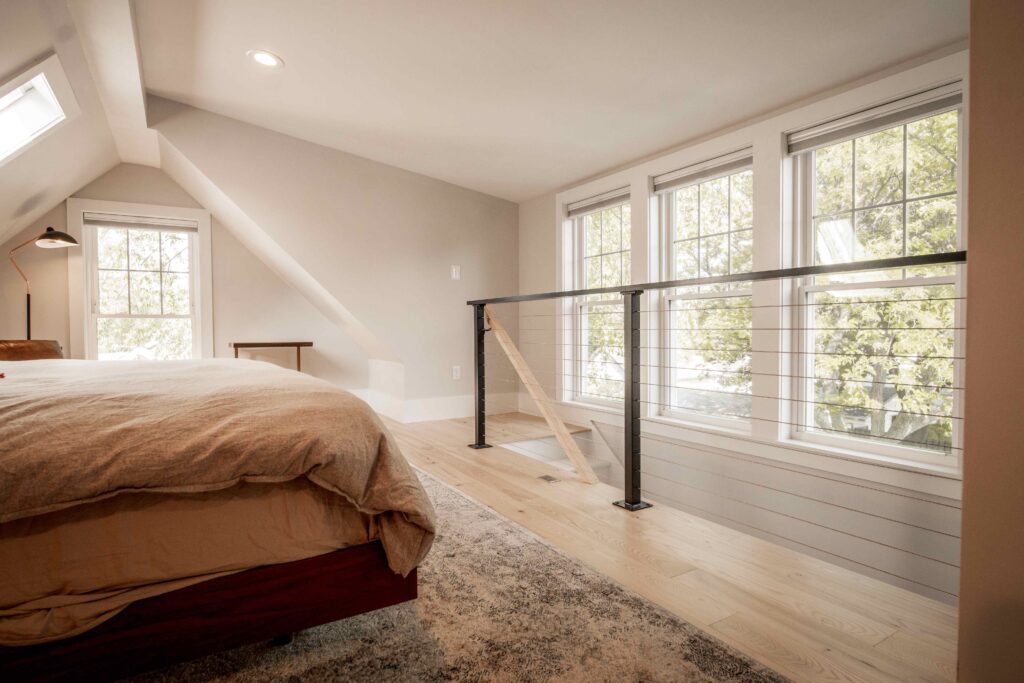
After several trips to the home improvement store, opening boxes of delivered materials, and exhausting yourself, you’ve finally completed your remodeling work on your home. But, now you need to clean up so you can actually park your car in your garage! Knocking down walls and removing tile was the hard part, but now it’s time to remove it completely from your property.
In situations where homeowners hire contractors to manage a renovation project, they come with their own ways of disposing of old materials. Unfortunately, commercial dumpsters and the vehicles to transport the waste aren’t readily available to the average consumer. Even the large trashcans and recycle containers distributed by the city can seem like a small waste basket compared to what you need to get rid of. So, what do you do with leftover building materials? To answer this question, we’re taking a lesson from the 3 R’s you learned in grade school: Reduce, Recycle and Reuse.
Reduce & Recycle
In any situation where you’re using products where you need a mask or open ventilation, that’s a good sign that you won’t be able to just throw it away when you’re done. For toxic chemicals, known as household hazardous waste (HHW), the Environmental Protection Agency (EPA) advises that you properly dispose of the items to prevent potentially harmful conditions. Not sure what to do?
- Never mix HHW products together. The reaction could spark a fire, explosion or keep it from being recyclable.
- Contact your community trash department for a schedule of pick-up services or for a drop off location. Many cities have their information listed online now.
You can also contact your city if you need to use their bulk pick-up services for non-chemical materials that you need hauled away. In some areas they may come on specific days or by request only. We don’t recommend that you try to burn or tear down unwanted items by yourself. This can lead to a personal safety and health issues.
Reuse
Aside from chemicals and boards, there are always miscellaneous materials leftover. Not everything you think of throwing away is actually trash, however. When you reuse or repurpose old items, it’s a beneficial way to extend their usefulness. Leftover bricks or stones can be used to create a walking path in your yard. Tiles used for a kitchen backsplash can be turned into home accent pieces like coasters or mosaics on mirrors and picture frames. Check out our Pinterest for ideas on how to repurpose doors, windows and more for your home.
Not the creative type? Don’t worry, you can still make sure your leftover materials are put to good use. The Habitat of Humanity has more than 800 donation sites, ReStores, where you can drop off your gently used items. With the multiple building and home improvement projects, ReStores accept home accessories, building materials, appliances and more.
If you’re looking to make a little cash on your used items, visit sites like Freecycle.org and Craigslist to advertise your materials. You can search what people are looking for and make your own offers. It’s always a good idea to have a friend help you seal the deal. They’re advice can be useful in a bargaining environment and you can always use an extra pair of hands when it comes time to remove the materials. Even old light fixtures can be sold, because somebody is always looking for a retro piece to match a home style.
When it comes to the more difficult projects, allow professional contractors to take care of both the work and the cleanup. They’ll have the fastest and most efficient ways of disposing of old building materials.



.png)
.png)



